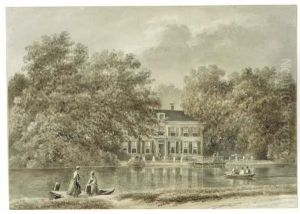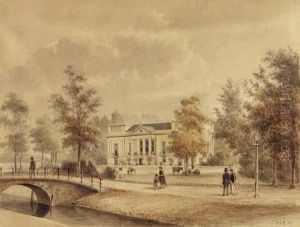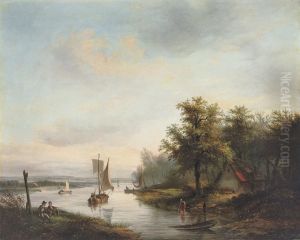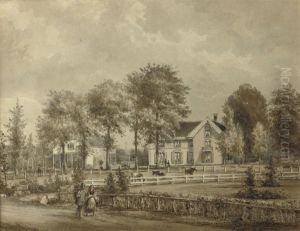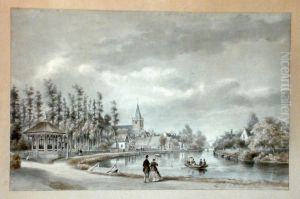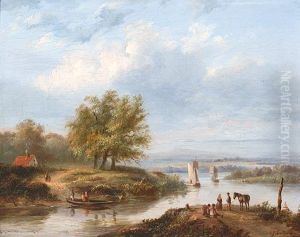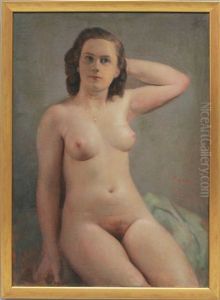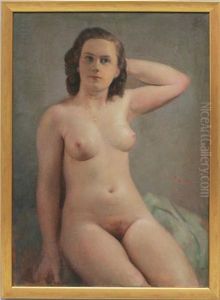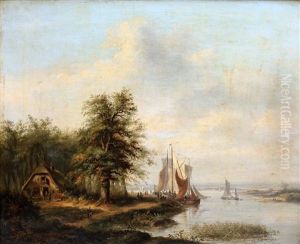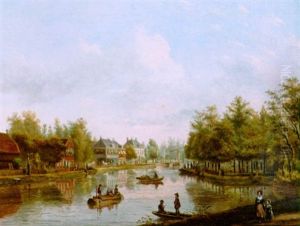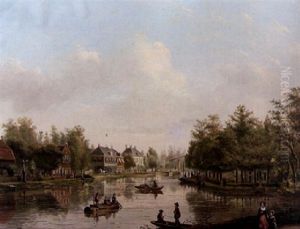Petrus Josephus Lutgers Paintings
Petrus Josephus Lutgers was a 19th-century Dutch painter, watercolorist, and draftsman known for his architectural and landscape works. Born on March 22, 1808, in Amsterdam, Netherlands, Lutgers showed an early interest in art and would go on to train under the direction of the painter Hendrik Gerrit ten Cate. Lutgers initially earned a living as a decorator and painter of theatrical scenery but eventually focused on fine art, particularly topographical views that captured the essence of Dutch cityscapes, landscapes, and rural scenes.
Lutgers' work is characterized by its meticulous attention to detail and its nuanced use of light and shadow, which adds a romantic and sometimes idyllic quality to his depictions of the Dutch countryside. The artist traveled extensively throughout the Netherlands, documenting in his art the various castles, estates, and notable buildings he encountered. His work serves as a valuable historical record of the period's architecture and landscapes, offering insight into the 19th-century Dutch environment.
Throughout his career, Lutgers enjoyed a degree of success and recognition. He participated in numerous exhibitions, where his works were often well received by critics and patrons alike. Despite this, he did not achieve significant fame during his lifetime, and it wasn't until later that his contributions to Dutch art were more fully recognized and appreciated. His paintings and drawings remain in collections both in the Netherlands and internationally, where they are appreciated for their historical value as well as their artistic merit.
Petrus Josephus Lutgers passed away on January 11, 1874, in The Hague, Netherlands. Today, he is remembered as a dedicated chronicler of the Dutch landscape, whose work provides a window into the look and feel of the Netherlands during a time of change and modernization in the 19th century.
